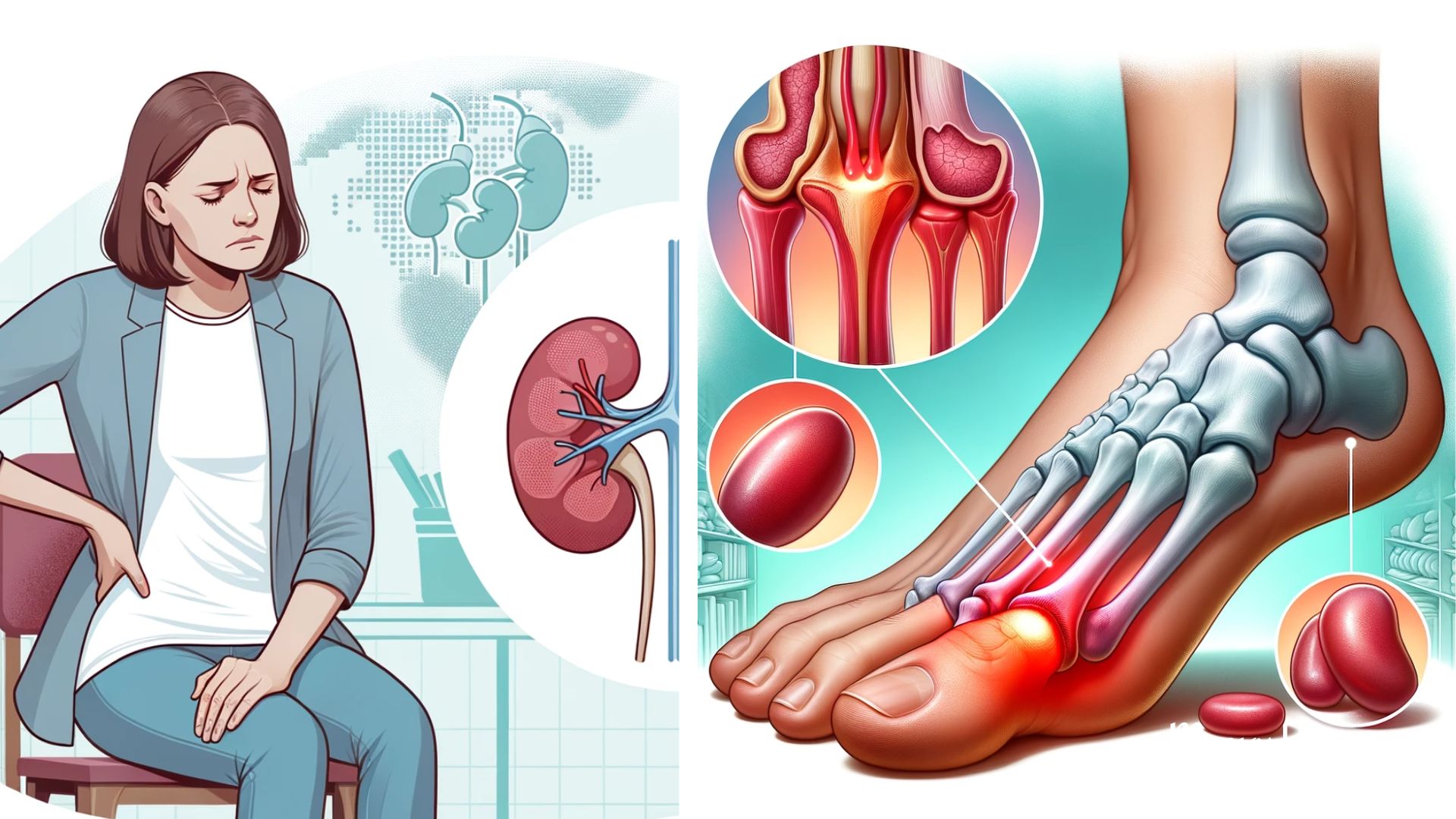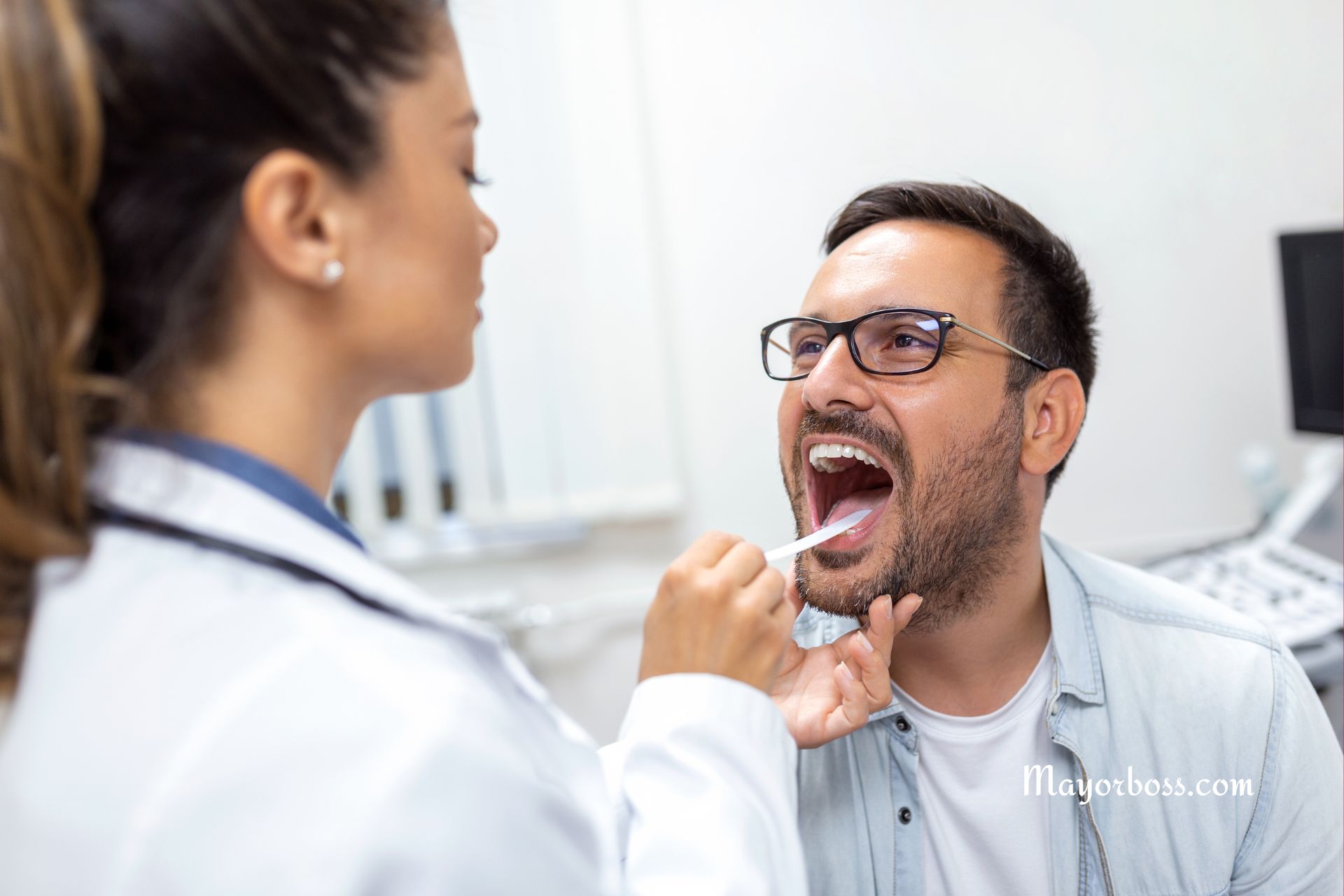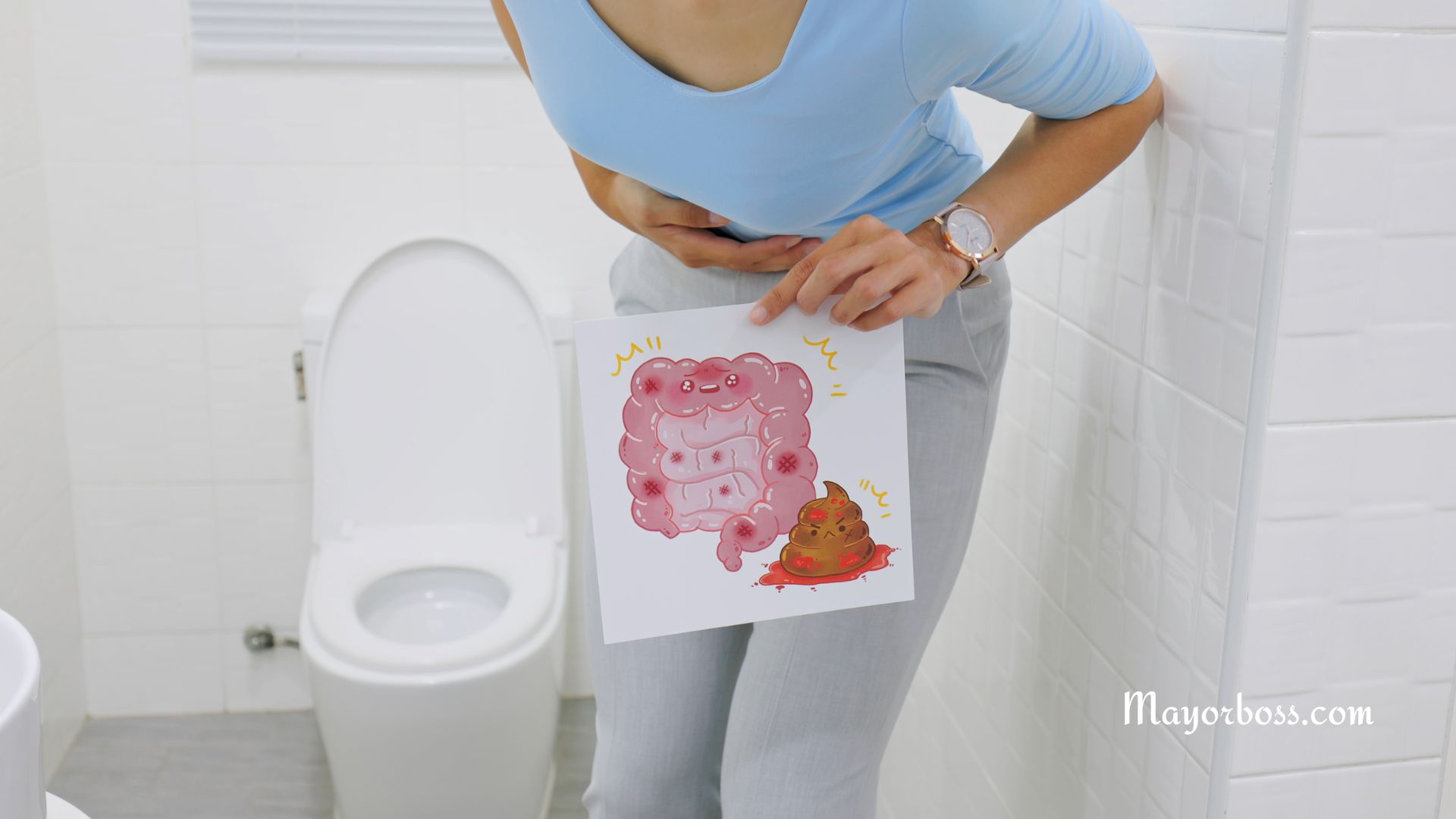What It Means When Your Fingernail or Toenail Is Separating From the Nail Bed
When a nail lifts from the skin underneath, it is often due to trauma, fungus, psoriasis, or frequent moisture. The gap lets germs in, which can lead to infection. Keep the nail short, clean, and dry. If pain, swelling, or pus appears, see a podiatrist or dermatologist.
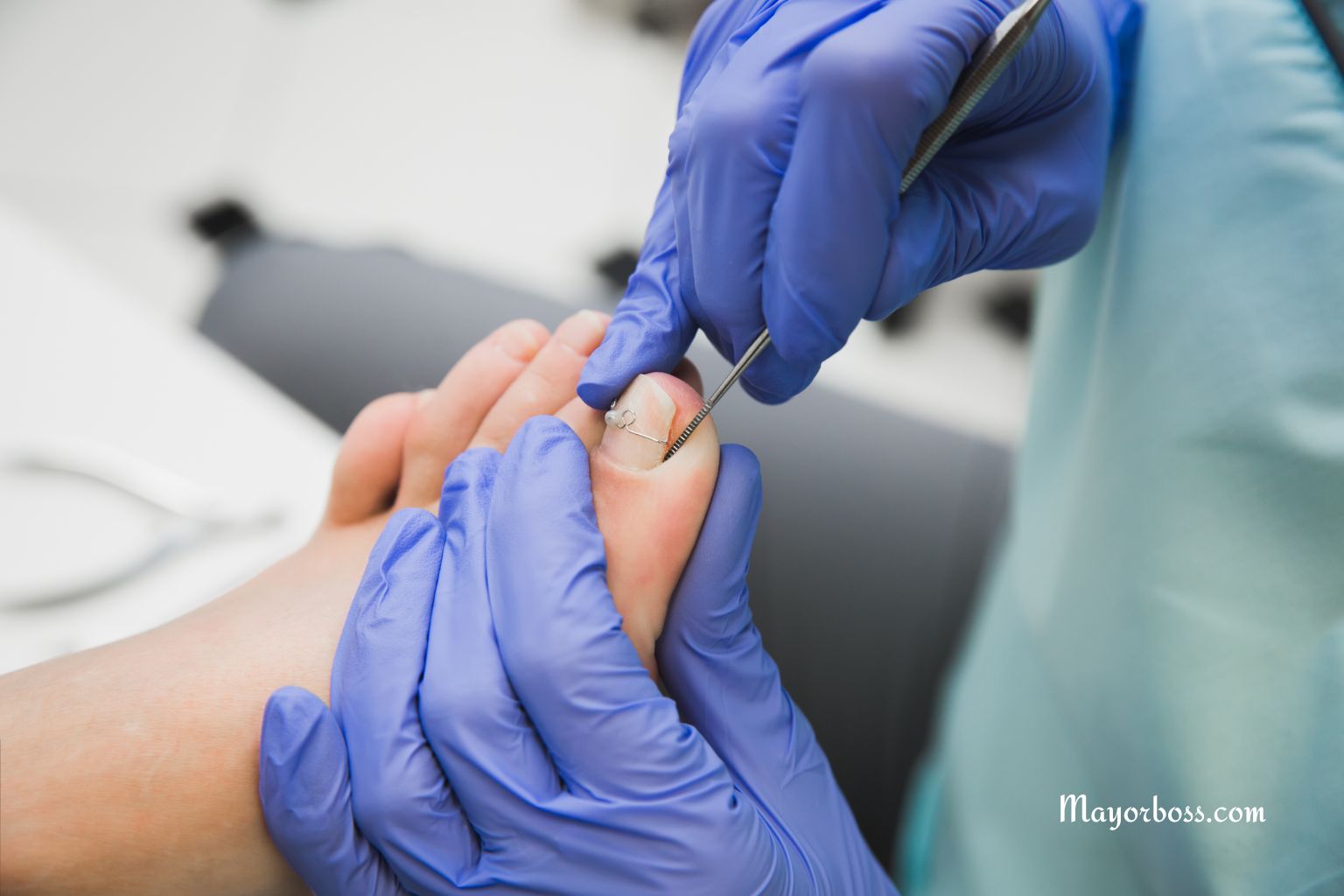
First, what does nail separation mean
When a nail pulls away from the skin under it, a space forms. Health professionals call this onycholysis.1 The area often looks white, yellow, or green. It may feel tender, catch on clothing, and collect debris. Without care, the space can invite germs and cause infection.
Common reasons your nail lifts:
- Injury or pressure
Stubbing a toe, slamming a finger, tight shoes, long runs, or repeated tapping can lift the nail. Even small daily hits can add up. - Fungal infection
Toenails face this more often than fingernails. Signs include thickening, yellow or brown color, crumbling edges, and a musty smell. The fungus loosens the bond between nail and skin.2 - Psoriasis or eczema
These skin conditions can involve nails. Look for pits, ridges, and a chalky edge. The nail can lift without much pain at first. - Thyroid problems or iron deficiency
Hormone shifts and low iron can weaken the nail unit. This can show up as breakage, ridges, and gradual lifting.3 - Allergic reactions
Some people react to nail cosmetics, glues, or hardeners. Soaking off gels or frequent polish changes can also weaken the nail. - Frequent wet work
Hairdressing, dishwashing, or swimming keeps nails wet and soft. That soft state makes lifting easier. - Bacteria such as “green nail”
A gap can fill with water and allow a germ called Pseudomonas to grow.4 The nail turns green or dark and may smell unpleasant.
What it looks and feels like
At first, you may notice a pale strip near the tip that does not turn pink when pressed. The line may move toward the base over time. The nail can snag on fabrics. Some people notice a dark spot from dried blood after a hit. If infection sets in, swelling, warmth, and pain may follow.
When you should seek care
Reach out to a podiatrist or dermatologist if any of the following happen:
- Pain, throbbing, pus, or spreading redness
- Fever or feeling unwell
- Diabetes, poor circulation, or a weak immune system
- Lifting that covers half the nail or more
- Several nails are affected at once
- A new dark streak, especially on one nail
- No improvement after two to three weeks of good care
What you can do right now
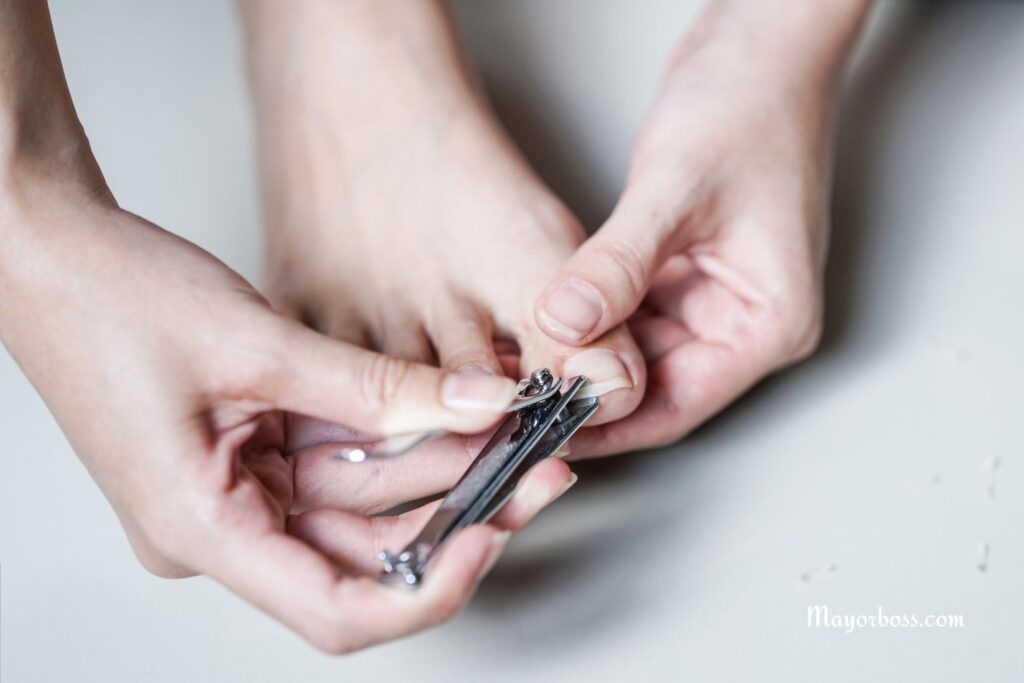
Simple steps help protect the nail while you sort out the cause.
- Trim and smooth
Clip the lifted area short. File the edge so it does not catch. Do not pull off attached parts. - Keep it clean and dry
Rinse gently with clean water once a day. Pat dry. Avoid soaking. Moisture feeds germs. - Protect the area
Use a breathable bandage during chores. Wear roomy shoes with a wide toe box. For work with water, use gloves with a cotton liner. - Avoid polish, hardeners, and glue
These seal in moisture and can irritate the nail bed. Give the nail time to recover. - Use pain control if needed
Over-the-counter pain relief can help after a fresh injury, if you can take it safely. - Consider a short vinegar soak for green discoloration
A mix of one part white vinegar to four parts water for a brief daily soak can lower surface bacteria. Limit to ten minutes, then dry well. Skip this if skin breaks or if it stings.
Home Nail Care
- Trim and smooth the lifted edge. Keep the nail short and file the border so it won’t catch on clothing. Do not pull off attached parts.
- Keep it clean and dry. Rinse gently once a day, pat dry, and avoid soaking. Moisture allows germs to grow.
- Protect during daily tasks. Use a breathable bandage for chores. Wear roomy shoes with a wide toe box; switch damp socks soon after activity.
- Pause, polish, gels, and hardeners. These can trap moisture and irritate the nail unit while it heals.
- Comfort care after minor injury. If safe for you, use over-the-counter pain relief and ice for short periods in the first 24 hours.
- For green discoloration. If skin is intact, a brief daily soak of 1 part white vinegar to 4 parts water for up to 10 minutes can reduce surface bacteria. Dry well afterward.
Professional Nail Care
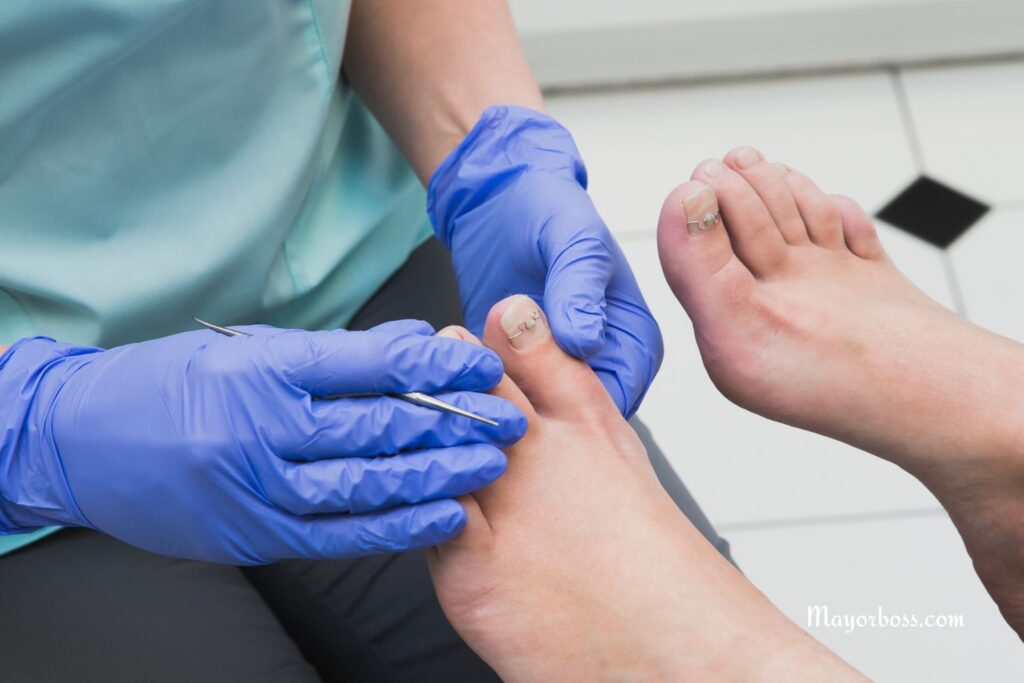
- Medical evaluation when needed. Seek care for pain, pus, spreading redness, fever, several nails involved, over half the nail lifted, or slow progress after two to three weeks.
- Nail debridement. A podiatrist or dermatologist can gently remove detached debris under the nail to lower germ load and reduce snagging.
- Shoe fit and gait review. Runners and hikers may benefit from a professional shoe fit to reduce toe impact and repeated trauma.
- Patch testing for product reactions. If gels, glues, or hardeners trigger lifting, a dermatologist can test for allergens and guide safe alternatives.
- Systemic screening. If nails lift without clear triggers, your podiatrist or dermatologist may check for iron deficiency or thyroid issues and treat those first.
Topical Treatments
- Fungal involvement (mild). Prescription topical antifungals (creams, gels, or liquids) can help early, limited disease; expect slow results and consistent use for months.
- Inflammatory conditions. For psoriasis or eczema affecting nails, targeted topical treatments may calm inflammation and improve attachment over time.
- Bacterial “green nail.” Antimicrobial solutions or drops, applied after careful cleaning and drying, can clear the color as the nail grows out.
- Avoid glue-downs. Adhesives seal in moisture and raise infection risk; they also prevent monitoring of the nail bed.
What not to do
- Do not glue the nail down. Glue traps moisture and raises the infection risk.
- Do not rip off a partly attached nail. That tears living tissue and slows healing.
- Do not share clippers or files. This spreads germs.
- Do not cover the nail with thick acrylics during healing. The nail needs air flow and low moisture.
How to prevent another lift
- Keep nails short and smooth.
- Wear shoes with enough room in the toe area.
- Change damp socks soon after exercise.
- Use moisture-wicking socks for sports.
- Wear gloves for wet chores. Add a cotton liner for comfort.
- Give nails breaks from gels and acrylics.
- Choose a gentle polish remover, and limit use.
- Dry feet well after showers, including between toes.
- Disinfect home clippers and files with alcohol after each use.
- If you run or hike, consider a professional shoe fit to reduce toe impact.
When nail loss happens
Sometimes the nail falls off. Do not panic. Keep the area covered with a light, clean bandage while the skin hardens. Continue to trim new growth and protect it from trauma. Seek care if the skin looks raw, red, or very tender, or if you see pus.
Bottom line
Nail lifting is common and treatable. A short, clean, dry nail heals faster and reduces the chance of infection. If you notice pain, swelling, color changes, or slow progress, connect with a podiatrist or dermatologist for a diagnosis and a plan that fits the cause.
FAQs
Is nail separation always fungus?
No. Injury, psoriasis, allergens, thyroid shifts, and frequent moisture can also cause lifting. A podiatrist or dermatologist can tell the difference and guide treatment.
Can a lifted nail reattach?
The lifted part does not reattach. Healing comes as a new nail grows forward. Good care protects that new growth.
How long does healing take?
Fingernails often need three to six months for full regrowth. Toenails can take nine months or more. You should see steady progress sooner.
What home remedies are safe?
Trimming, keeping the nail dry, wearing roomy shoes, and protecting the edge are safe basics. Diluted vinegar soaks can help surface bacteria on green nails if the skin is intact. Avoid glue and harsh chemicals.
When should I see a doctor?
Seek care for pain, pus, spreading redness, fever, several nails involved, a dark streak on one nail, or no improvement after two to three weeks of careful home care.

